Because pulse trains achieve excellent performance with a simple laser setup, passively mode-locked fiber lasers (MLFLs) based on nonlinear polarization evolution (NPE) have numerous applications. However, NPE-based MLFLs are difficult to operate in the desired pulsation regime via manual polarization…
Author: sarah Jonas
Measuring a dynamical topological order parameter in quantum walks
Coherence in quantum dynamics is at the heart of fascinating phenomena beyond the realm of classical physics, such as quantum interference effects, entanglement production and geometric phases. Quantum processes of inherent dynamical nature defy a description in terms of an…
Tailoring spontaneous infrared emission of HgTe quantum dots with laser-printed plasmonic arrays
Inexpensive near-to-mid infrared (IR) sources and detectors operating at room temperature (rather than cooled to low or even cryogenic temperatures) are expected to revolutionize current technologies for the realization of various night vision and security systems, sensing and spectroscopy tools,…
Research suggests statins could lower ovarian cancer risk
A genetic study has found evidence to suggest that women who take statins in the long term could be less likely to develop ovarian cancer, according to new research funded by Cancer Research UK published today (Tuesday 18 February)*. The…
Improving the electrical and mechanical properties of carbon-nanotube-based fibers
Researchers recently developed a technique that can be used to build carbon-nanotube-based fibers by creating chemical crosslinks; the technique improves the electrical and mechanical properties of these materials
Rules of life: From a pond to the beyond
The Cuatro Cienegas Basin, located in Chihuahuan Desert in Mexico, was once a shallow sea that became isolated from the Gulf of Mexico around 43 million years ago. This basin has an unusual characteristic of being particularly nutrient-poor and harboring…
When the best treatment for hypertension is to wait
A study of ‘therapeutic inertia’ and home blood pressure follow-up
Study suggests later school start times reduce car crashes, improve teen safety
DARIEN, IL — A study published online as an accepted paper in the Journal of Clinical Sleep Medicine found that later school start times were associated with a significant drop in vehicle accidents involving teen drivers. Researchers analyzed motor vehicle…
Readmission risk increases for elderly patients with geriatric-specific characteristics
Journal of the American College of Surgeons study results suggest the need to intervene early to prevent costly unplanned readmissions, according to researchers who participated in ACS NSQIP Geriatric Pilot
Warming oceans are getting louder (audio available)
SAN DIEGO–One of the ocean’s loudest creatures is smaller than you’d expect–and will get even louder and more troublesome to humans and sea life as the ocean warms, according to new research presented here at the Ocean Sciences Meeting 2020.…
APS tip sheet: Harnessing radar echoes for future neutrino detection
New high energy neutrino detection method could lead to a neutrino telescope able to observe neutrinos with energies beyond the current observable range
APS tip sheet: Capturing election interference
New model analyzes characteristics of the 2016 election and surrounding social media activity
APS tip sheet: The new fate of the kaon
Preliminary reports of an extremely rare decay of a subatomic particle called the kaon could challenge the standard model of particle physics
New journal to publish discoveries in biophysics
A new open access journal from Cambridge University Press – QRB Discovery – will provide an outlet for exciting new discoveries in the burgeoning field of biophysics. Its launch this week coincides with the annual conference of the Biophysical Society…

Utility player: How hydropower can help get more wind and solar on the grid
Argonne researcher Audun Botterud co-authored a recent paper from the International Energy Agency on hydropower’s potential for integrating other renewables on the grid.
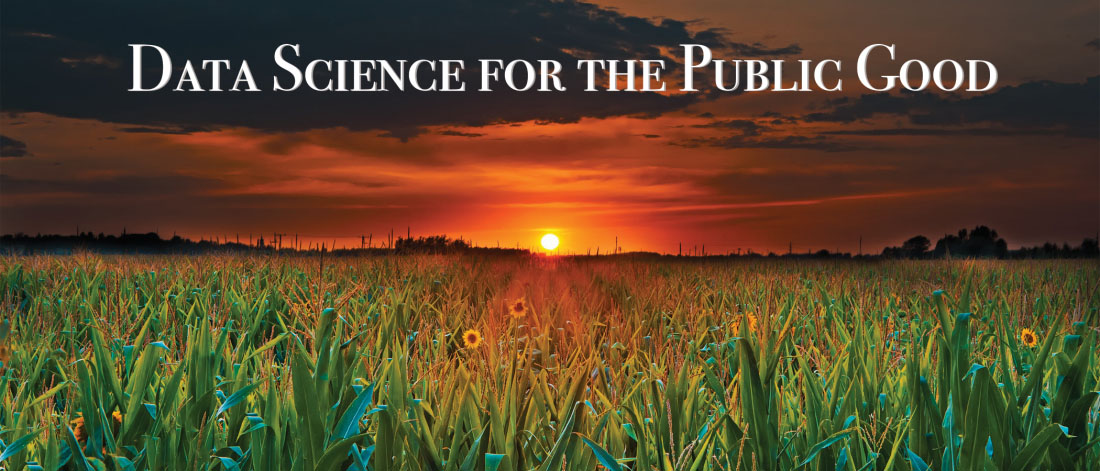
Initiative takes advantage of existing data to solve community problems
Solutions to some of the problems Iowa communities are facing may be found in the data towns and cities already collect, but lack the resources to access and analyze. Iowa State University researchers are lending their expertise to help communities tap into that information.
Alcohol, adolescence, and anesthesia: identifying risk factors for alcohol use disorder
Alcohol misuse is common among adolescents, and increases the risk of developing a chronic alcohol use disorder (AUD) in the future. Adolescents respond differently to alcohol compared with adults — they tend to be less sensitive to some of the negative effects of drinking that help protect against excessive intake, but more sensitive to its rewarding and memory-impairing effects. This may contribute to the high rates of alcohol misuse in adolescence, as well as to an elevated risk of developing AUD. However, as not all adolescents who drink alcohol will develop an AUD, it is important to identify factors that may further increase propensity to abuse alcohol in this age-group. Researchers from the State University of New York at Binghamton are interested in the potential impact of having a general anaesthetic, in view of evidence that exposure to anesthesia in adolescence can cause behavioral alterations similar to those induced by alcohol. In a new study published in the journal Alcoh
In acoustic waves, engineers break reciprocity with ‘spacetime-varying metamaterials’
Working in an emerging field known to as “spacetime-varying metamaterials,” University at Buffalo engineers have demonstrated the ability to break reciprocity in acoustic waves. The NSF-sponsored research could have implications in communications, medicine and other fields.
Mediterranean rainfall immediately affected by greenhouse gas changes
Mediterranean-type climates face immediate drops in rainfall when greenhouse gases rise, but this could be interrupted quickly if emissions are cut.
Smart Mouthguard Technology Licensed from University of Maryland, Baltimore
Technology for a smart mouthguard from the University of Maryland, Baltimore (UMB) has been licensed by University of Maryland School of Dentistry (UMSOD) alumnus Michael Wright, DDS, MS, into his new startup company, The WrightGuard Innovation Corporation.

New Computational Tools Identify Alternative Splicing Changes in Aggressive Cancers
A multi-institutional group of researchers led by Children’s Hospital of Philadelphia (CHOP) has linked a strong cancer driver gene to changes in proteins that regulate alternative splicing. The researchers created new computational tools and biological model systems for the study. This collaborative research, led by Yi Xing, PhD, at CHOP and Owen Witte, MD, at the University of California, Los Angeles (UCLA), was published today in the Proceedings of the National Academy of Sciences.
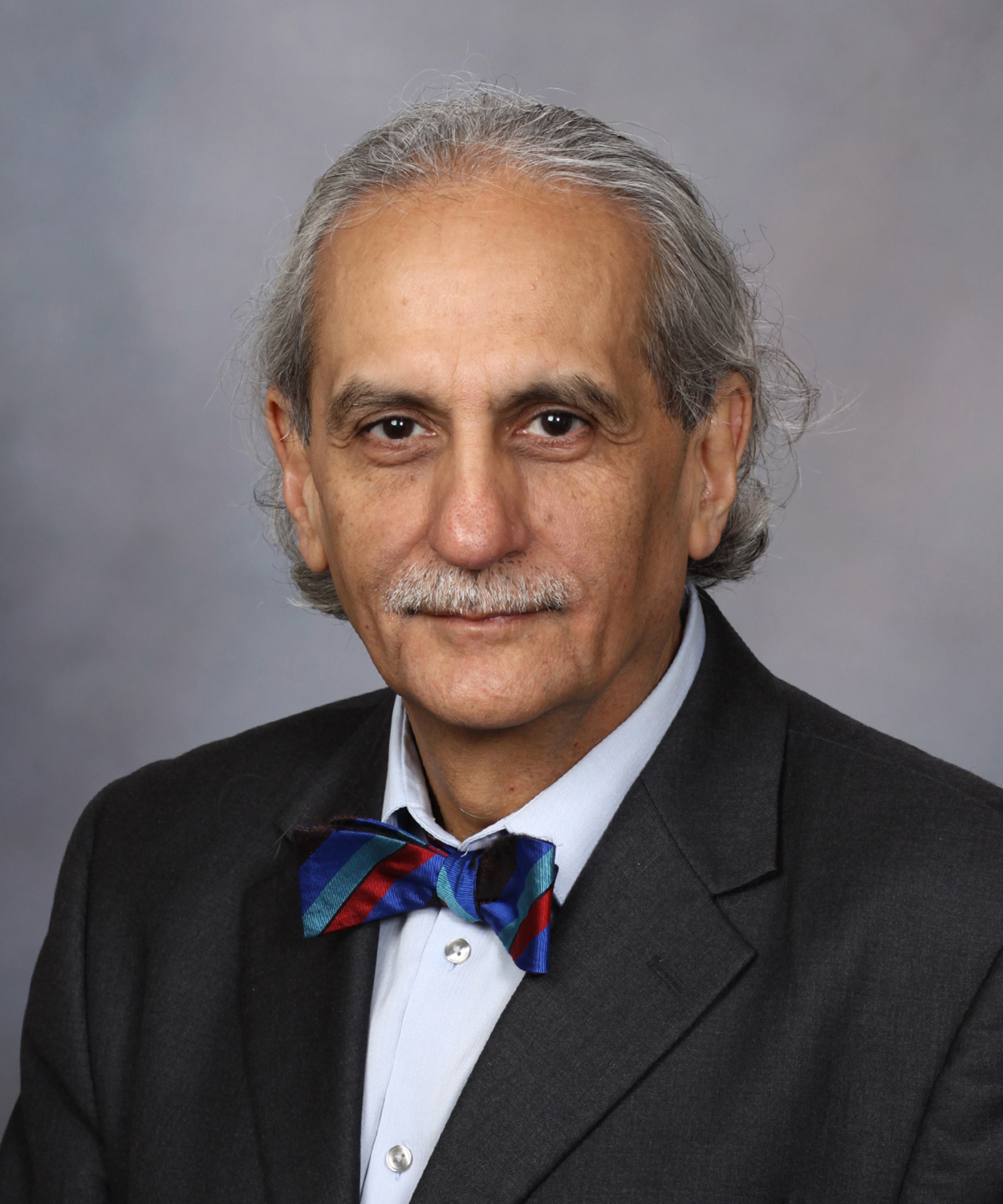
Wills Eye Hospital Announces Clinician-Scientist Jose S. Pulido, MD, MS, MBA, MPH to Hold Prestigious Endowed Chair
Wills Eye Hospital is pleased to announce Jose S. Pulido, MD, MS, MBA, MPH, a world-renowned retina and ocular oncology clinician-scientist, has been named the Larry A. Donoso Endowed Chair and Director of the Henry and Corrine Bower Memorial Laboratories for Translational Medicine, the Vickie and Jack Farber Vision Research Center at Wills Eye.
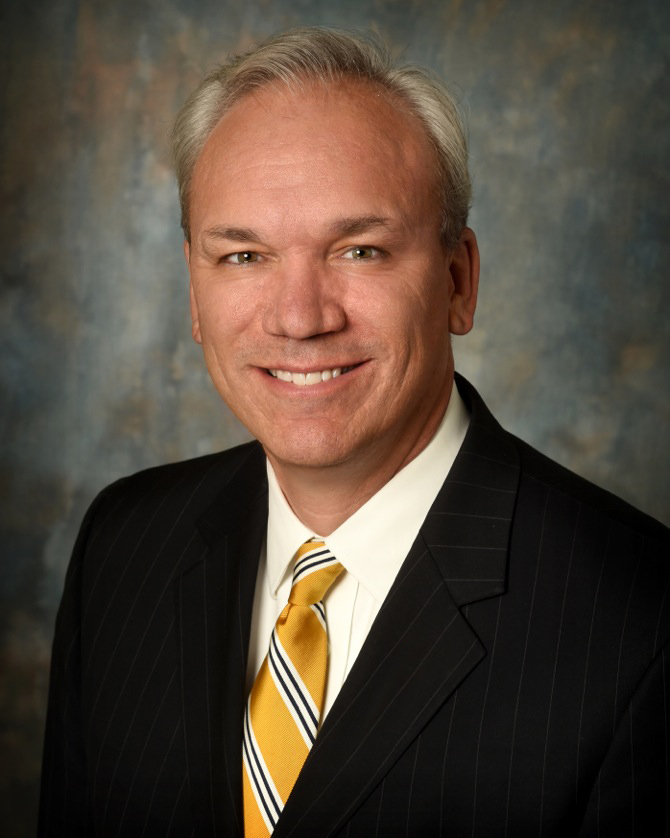
WILLS EYE HOSPITAL NAMES NEW CHIEF DEVELOPMENT OFFICER
Wills Eye Hospital is pleased to announce John J. Zabinski has been named Chief Development Officer.
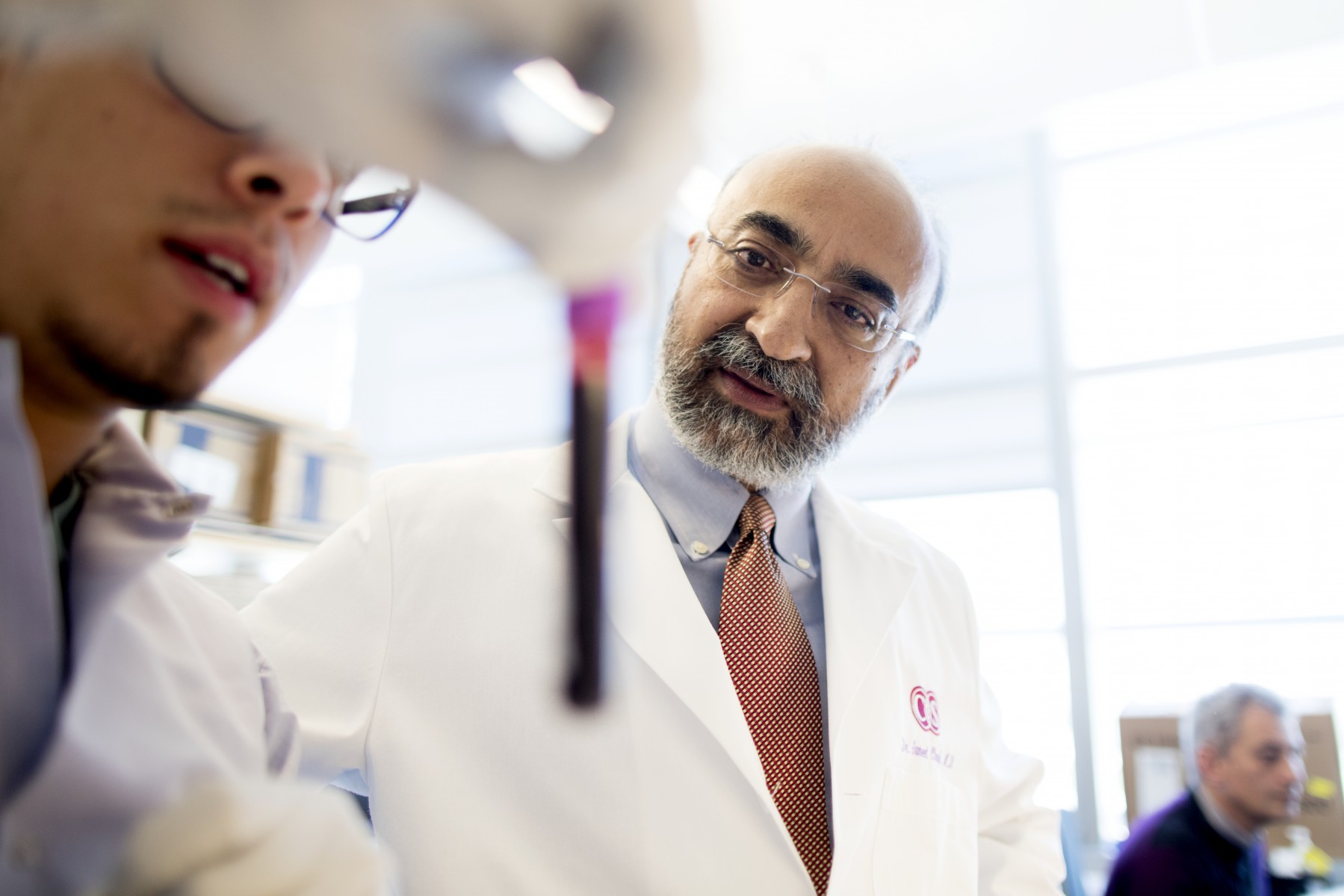
Sudden Cardiac Death Often A Woman’s First Sign of Heart Disease
New research from the Center for Cardiac Arrest Prevention at the Smidt Heart Institute at Cedars-Sinai shows that rates of sudden cardiac arrest are rising following decades of a downward trend. While this disturbing uptick was observed in both sexes, in women the increase was mostly among those whose sudden cardiac arrest was the first manifestation of heart disease. In men, the increase was mostly among those with known heart disease.

Data scientists ID potential vulnerabilities in the COVID-19 virus
Data scientists analyzing genetic sequences of the COVID-19 coronavirus have identified potential vulnerabilities that could help in vaccine development and further study of the infectious disease now spreading worldwide.
BREAKING THE COMMUNICATION CODE
Ever wonder how mice talk to each other? We don’t have a dictionary quite yet, but UD neuroscientist Josh Neunuebel and his lab have linked the ultrasonic vocalizations made by mice with specific behaviors. It’s a significant advance of our understanding of communication science.
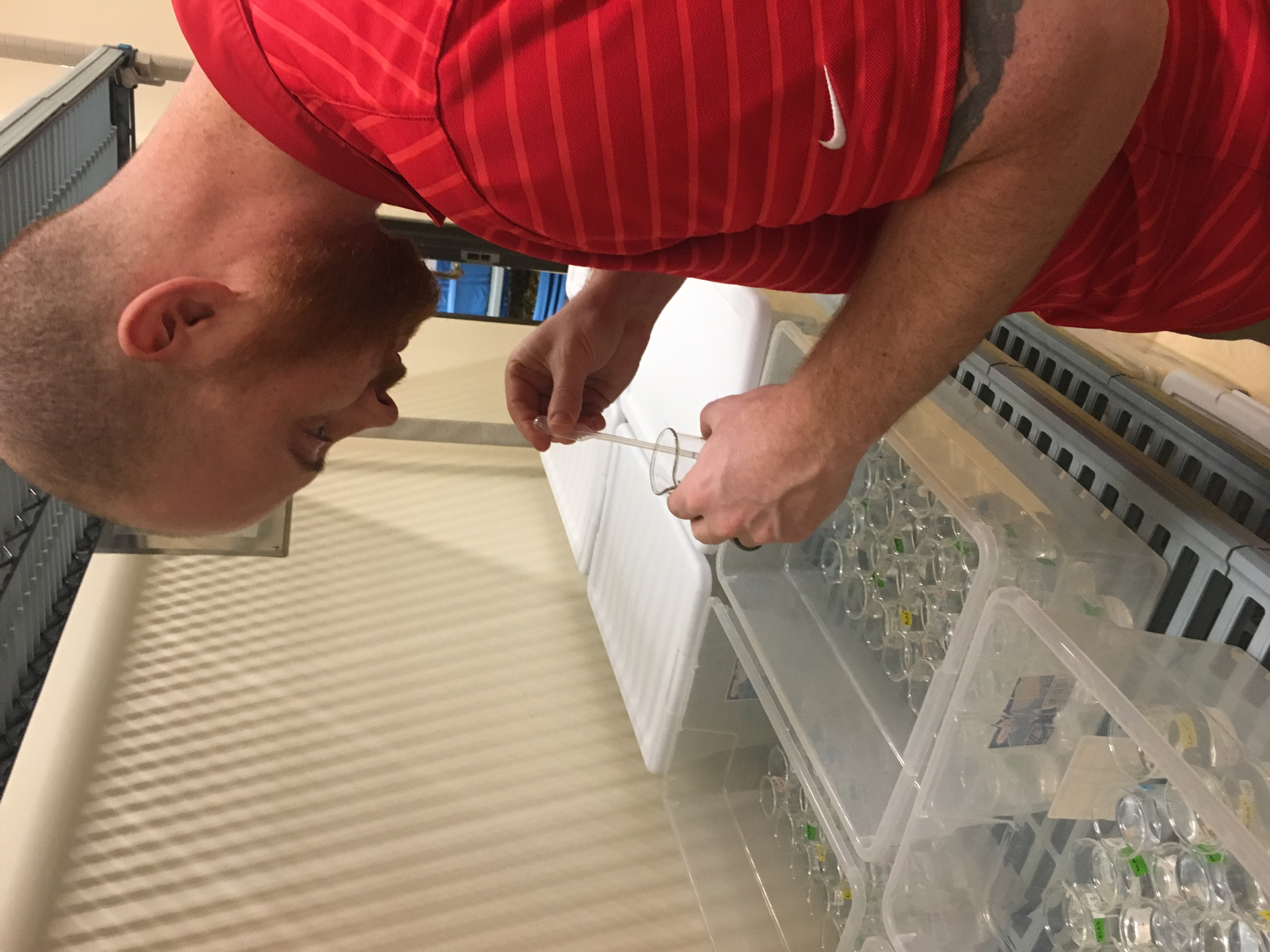
Road salt harmful to native amphibians, new research shows
The combined effects of chemical contamination by road salt and invasive species can harm native amphibians, according to researchers at Binghamton University, State University of New York.
After free lunch from drug firms, doctors increase prescriptions
Doctors prescribe more branded medications after marketing visits by the makers of those drugs, new research co-authored by a Cornell University economist confirms.
Study identifies states with highest rates of melanoma due to ultraviolet radiation
A new study finds a wide state-by-state variation in rates of melanoma caused by ultraviolet (UV) exposure with highest rates in several states on the East and West Coast including Hawaii, but also a few landlocked states, including Utah, Vermont, and Minnesota.

Reducing the epilepsy treatment gap in Pakistan: Start small, stay flexible, never give up
In retrospect, Pakistan’s effort to reduce the treatment gap can appear painstakingly planned, like the blueprints for a shopping complex or a neighborhood. But the secret of the country’s success is not rooted in elaborate planning. Nor did it rely on generous funding or government support.
China delays political meetings, signals coronavirus disruption
CORNELL UNIVERSITY MEDIA RELATIONS OFFICE Feb. 17, 2020 China delays political meetings, signals coronavirus disruption On Monday, China said it was considering delaying its two annual political meetings, the National People’s Congress (NPC) and the Chinese People’s Political Consultative…
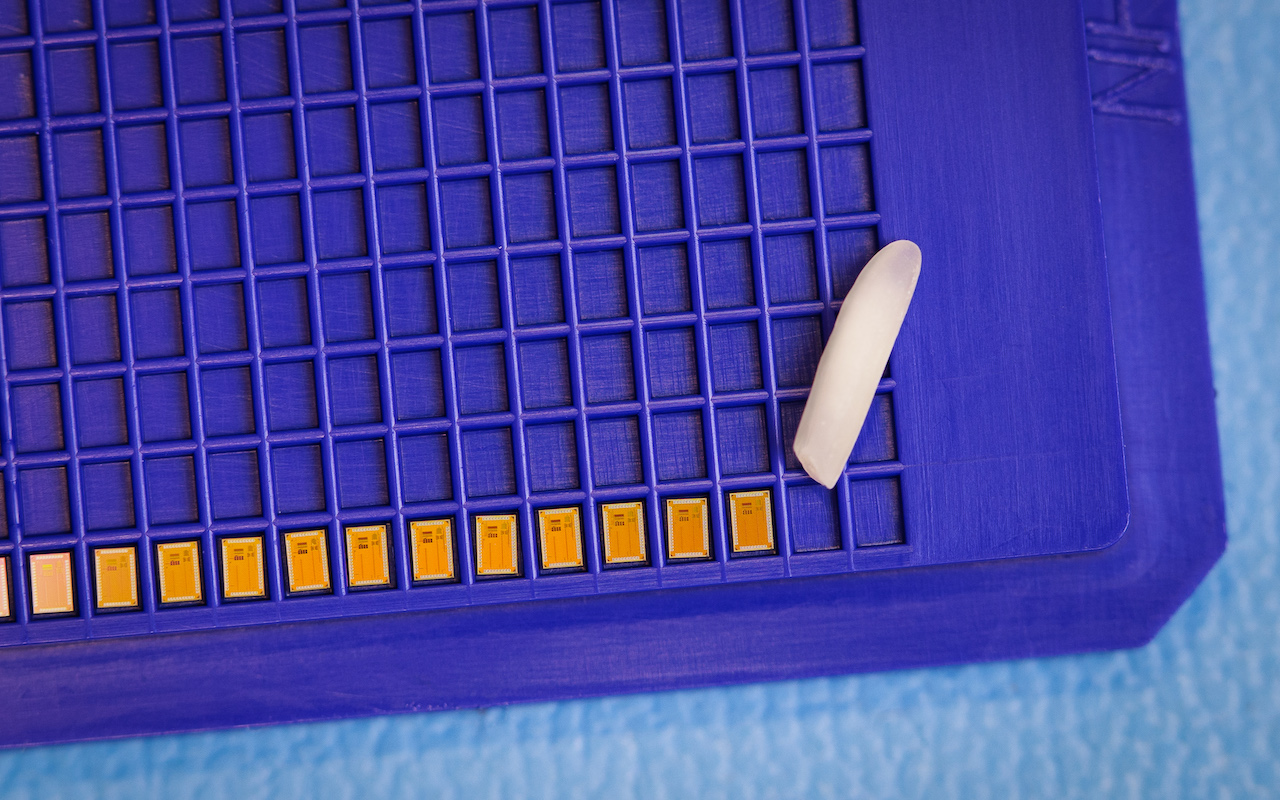
New chip brings ultra-low power Wi-Fi connectivity to IoT devices
More portable, fully wireless smart home setups. Lower power wearables. Batteryless smart devices. These could all be made possible thanks to a new ultra-low power Wi-Fi radio developed by UC San Diego engineers. It enables Wi-Fi communication at 5,000 times less power than commercial Wi-Fi radios.

NYC Education Leaders Share Best Practices For Increasing College & Career Readiness at Harvard Club Event
“Our college and career readiness results far exceed our comparison group and the borough as a whole,” said Jon Daly, Principal at the Bronx’s Eximius College Preparatory Academy at a principals’ reception at the Harvard Club on February 7.
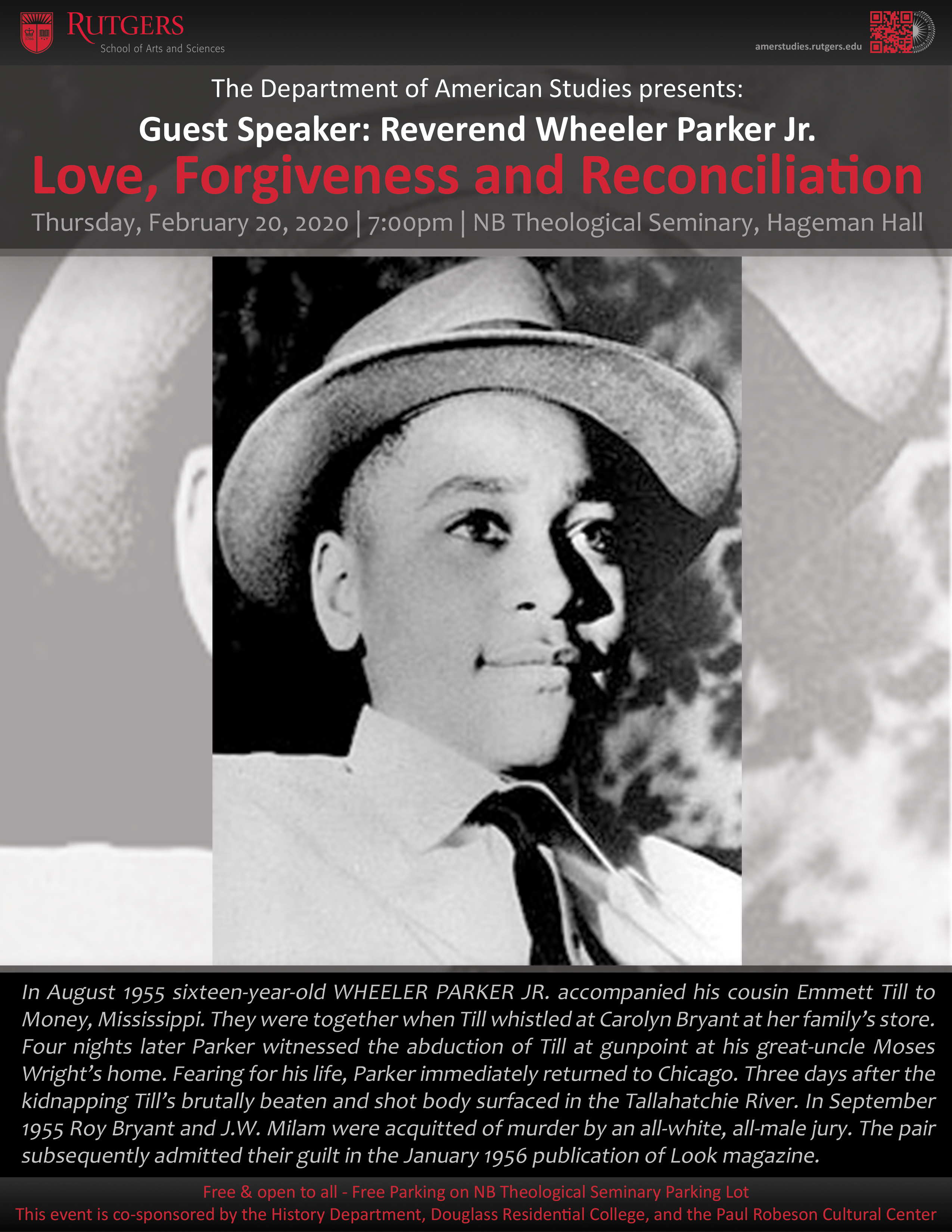
Rutgers to Host Last Witness to Emmett Till Abduction
Rutgers–New Brunswick’s Department of American Studies on Thursday, Feb. 20, will host the Rev. Wheeler Parker Jr., the last living witness to the abduction of Emmett Till, for a discussion on Love, Forgiveness and Reconciliation.
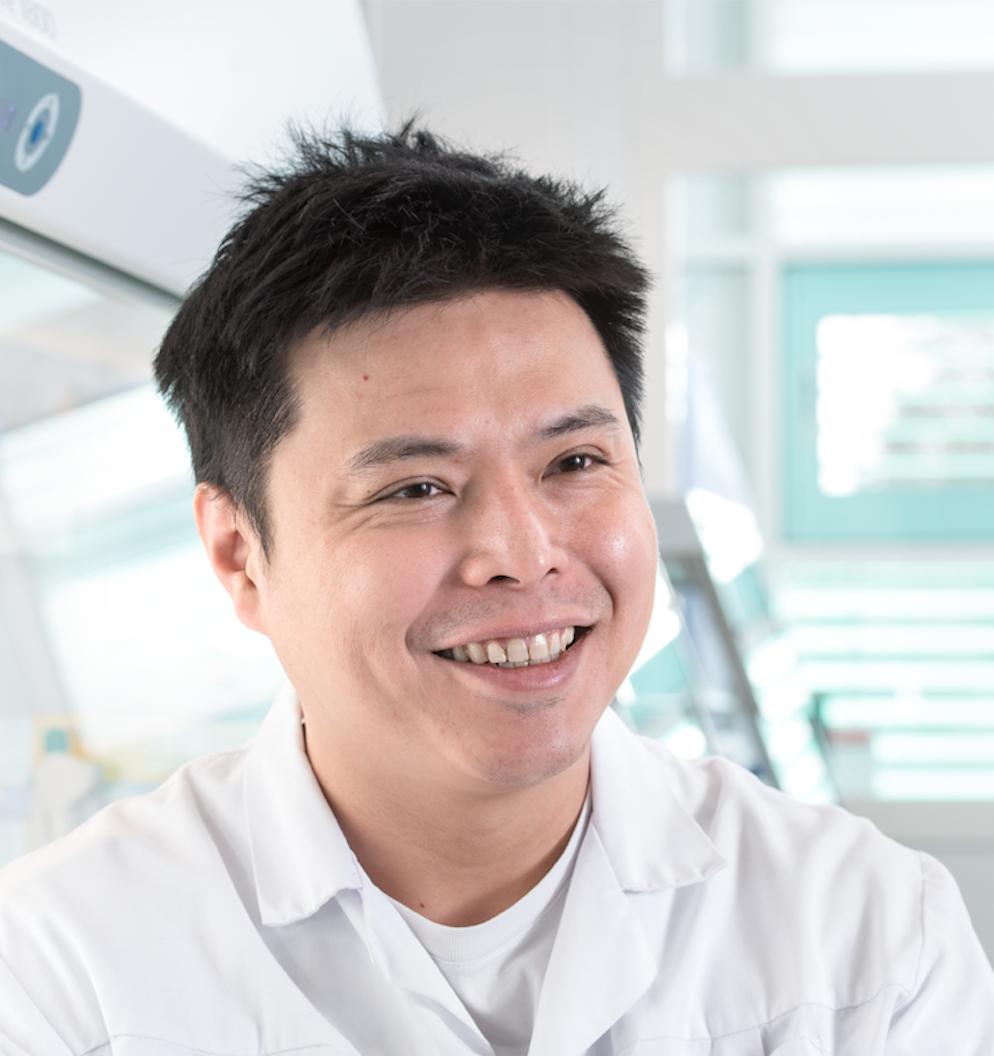
TARGETING TURNCOAT IMMUNE CELLS TO TREAT CANCER
A Ludwig Cancer Research study has identified a mechanism by which regulatory T cells, which suppress immune responses, adapt their metabolism to thrive in the harsh microenvironment of the tumor.
Study: Disease-causing repeats help human neurons function
Researchers found that repeats in the gene that causes Fragile X Syndrome normally regulate how and when proteins are made in neurons.
Intratumoral heterogeneity may be responsible for chemotherapy resistance in patients with small cell lung cancer
A study at The University of Texas MD Anderson Cancer Center found that chemotherapy results in increased heterogeneity within small cell lung cancer, leading to the evolution of multiple resistance mechanisms.
Top-Earning Nonprofit Hospitals Provide Less Charity Care Than Low-Earning Hospitals Do, According to New Study
The highest-earning nonprofit hospitals in the United States provided less charity care to patients than lower-earning hospitals did, relative to the facilities’ respective profits, according to a new study.
Hospitality, not medical care, drives patient satisfaction
Patients’ ratings of hospitals and willingness to recommend them have almost no correlation to the quality of medical care provided or to patient survival rates, according to new Cornell University research.

Dental School Surgeon Explores Link Between WWI Facial Trauma and Modern Plastic Surgery
Shahid Aziz, a professor of oral and maxillofacial surgeon at the Rutgers School of Dental Medicine, who treats many facial trauma patients, shows how facial trauma in WWI contributed to the rise of modern plastic surgery.

A Decade of Fusion, Astrophysics and Nanotechnology at PPPL
Feature highlights PPPL accomplishments over the past 10 years.
B cells may travel to remote areas of the brain to improve stroke recovery
New University of Kentucky research shows that the immune system may target other remote areas of the brain to improve recovery after a stroke.
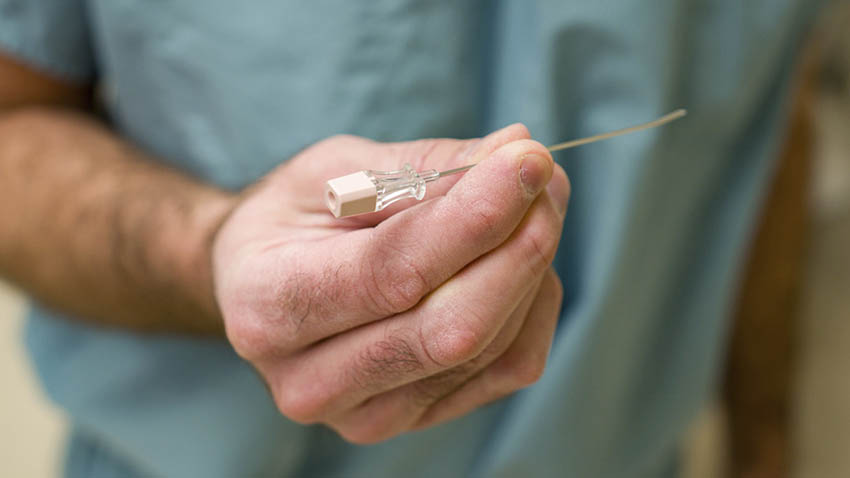
Michigan Medicine Pediatric Surgeon Performs Incision-Less Hernia Repairs for Kids
A unique procedure, created by a Michigan Medicine pediatric surgeon, is repairing inguinal hernias in children using an ultrasound and a needle, with no incision needed.
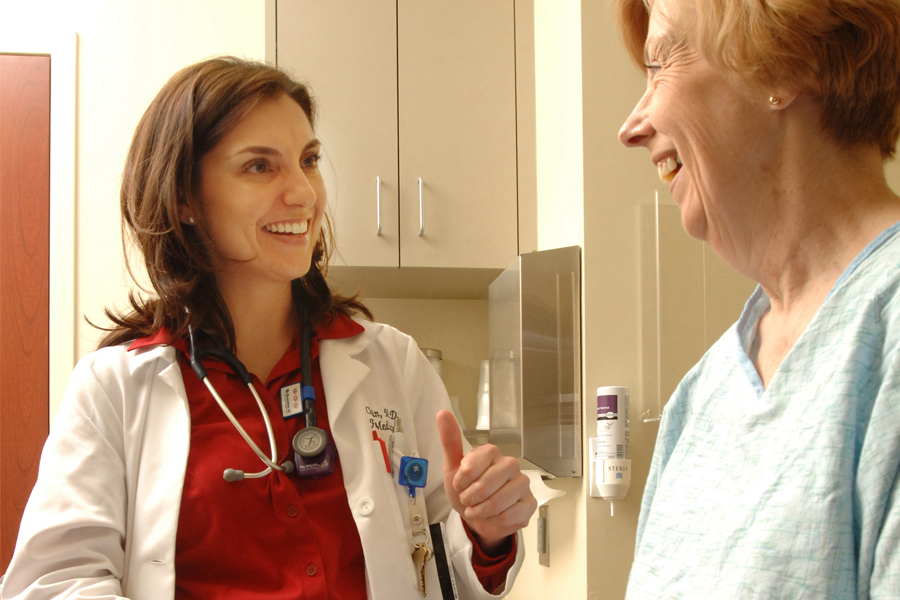
FSU expert available to comment on effectiveness of flu vaccine
By: Bill Wellock | Published: February 14, 2020 | 3:35 pm | SHARE: As an outbreak of a new coronavirus makes headlines across the world, another more common infectious disease is spreading across the United States and beyond — the flu.About 8 percent of the U.S. population gets sick from the flu each season, according to the Centers for Disease Control and Prevention.
Electric superbike designed by students to race this summer
As the government has announced proposals to ban the sale of petrol, diesel and hybrid cars by 2035 the race to electrify the motor industry is on, and motorbikes aren’t to be overlooked.
Researchers Challenge New Guidelines on Aspirin in Primary Prevention
New guidelines recommend aspirin use in primary prevention for people ages 40 to 70 years old who are at higher risk of a first cardiovascular event, but not for those over 70. Yet, people over 70 are at higher risks of cardiovascular events than those under 70. As a result, health care providers are understandably confused about whether or not to prescribe aspirin for primary prevention of heart attacks or strokes, and if so, to whom.
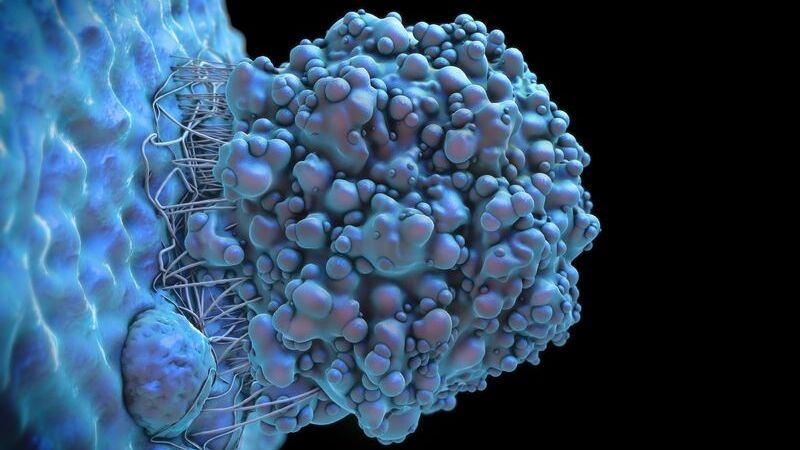
Combination Drug Therapy For Childhood Brain Tumors Shows Promise In Laboratory Models
In experiments with human cells and mice, researchers at the Johns Hopkins Kimmel Cancer Center report evidence that combining the experimental cancer medication TAK228 (also called sapanisertib) with an existing anti-cancer drug called trametinib may be more effective than either drug alone in decreasing the growth of pediatric low-grade gliomas. These cancers are the most common childhood brain cancer, accounting for up to one-third of all cases. Low grade pediatric gliomas arise in brain cells (glia) that support and nourish neurons, and current standard chemotherapies with decades-old drugs, while generally effective in lengthening life, often carry side effects or are not tolerated. Approximately 50% of children treated with traditional therapy have their tumors regrow, underscoring the need for better, targeted treatments.

What are alluvial soils?
Unique soils provide many beneficial values to society.
The Skinny on Why Poor Sleep May Increase Heart Risk in Women
A new study suggests that for women, poor sleep could contribute to unhealthy food choices, increasing the risk of obesity and heart disease.
Reconstructing the diet of fossil vertebrates
The ratio of special zinc isotopes in dental enamel provides information about the diet of mammals in prehistoric times